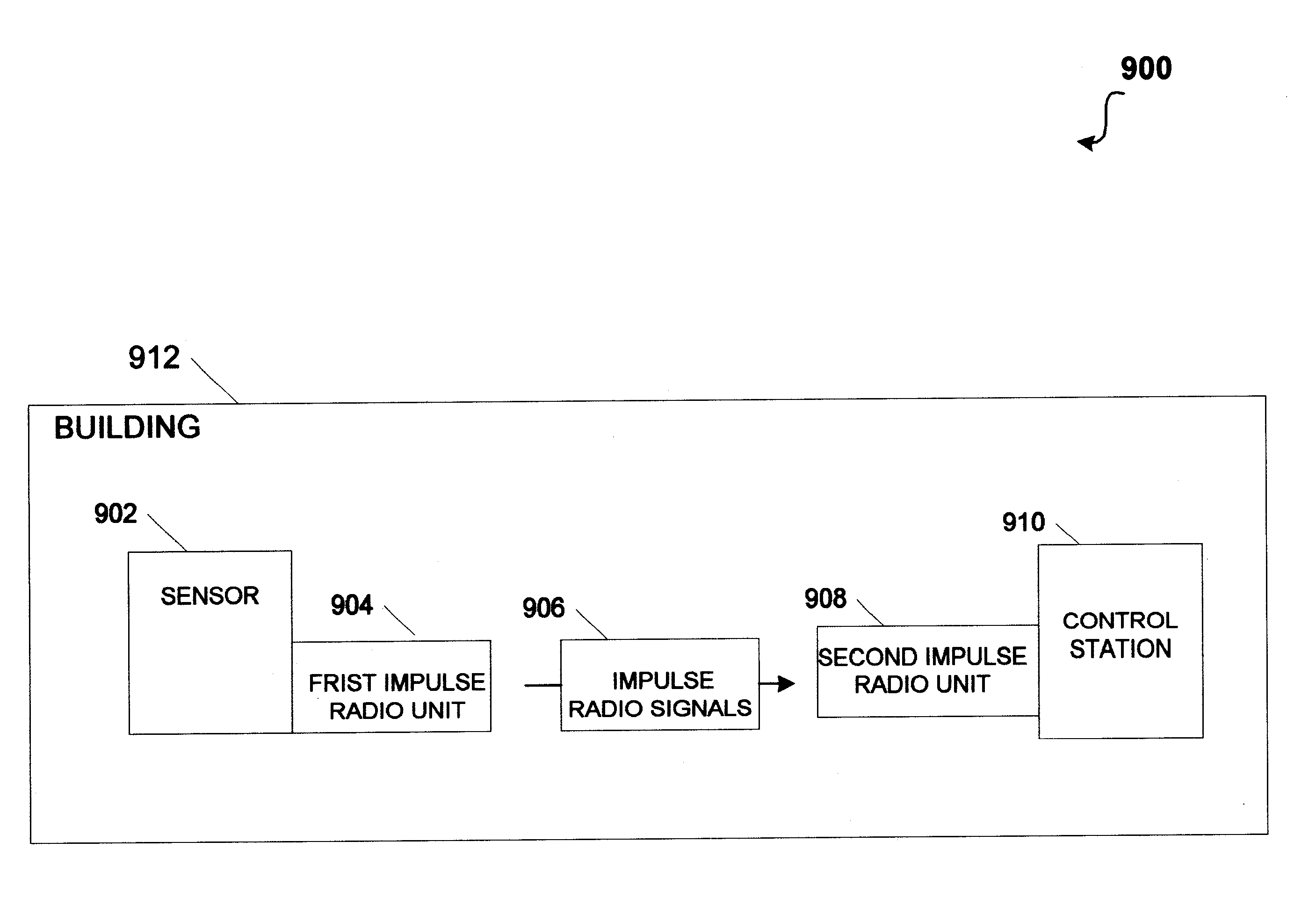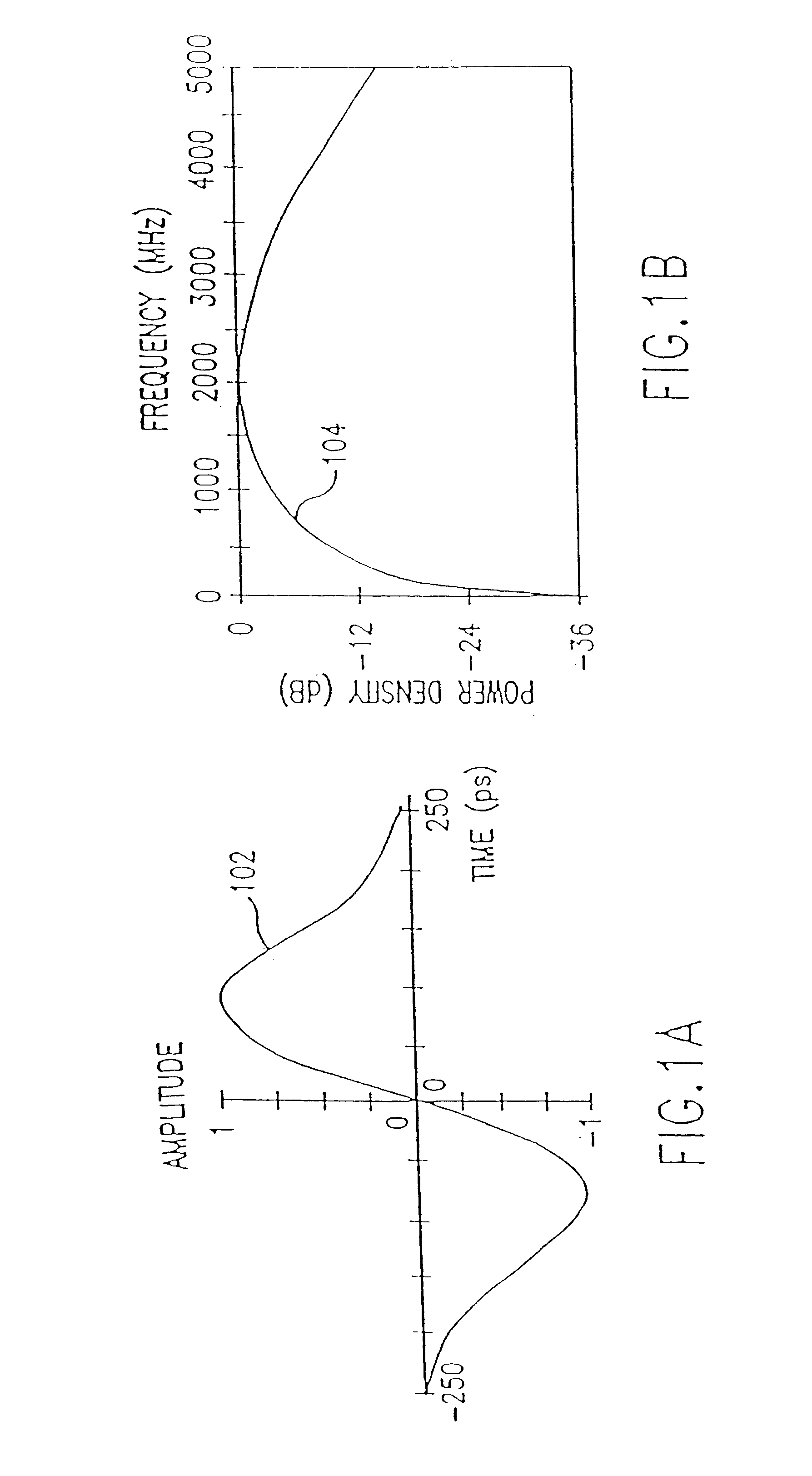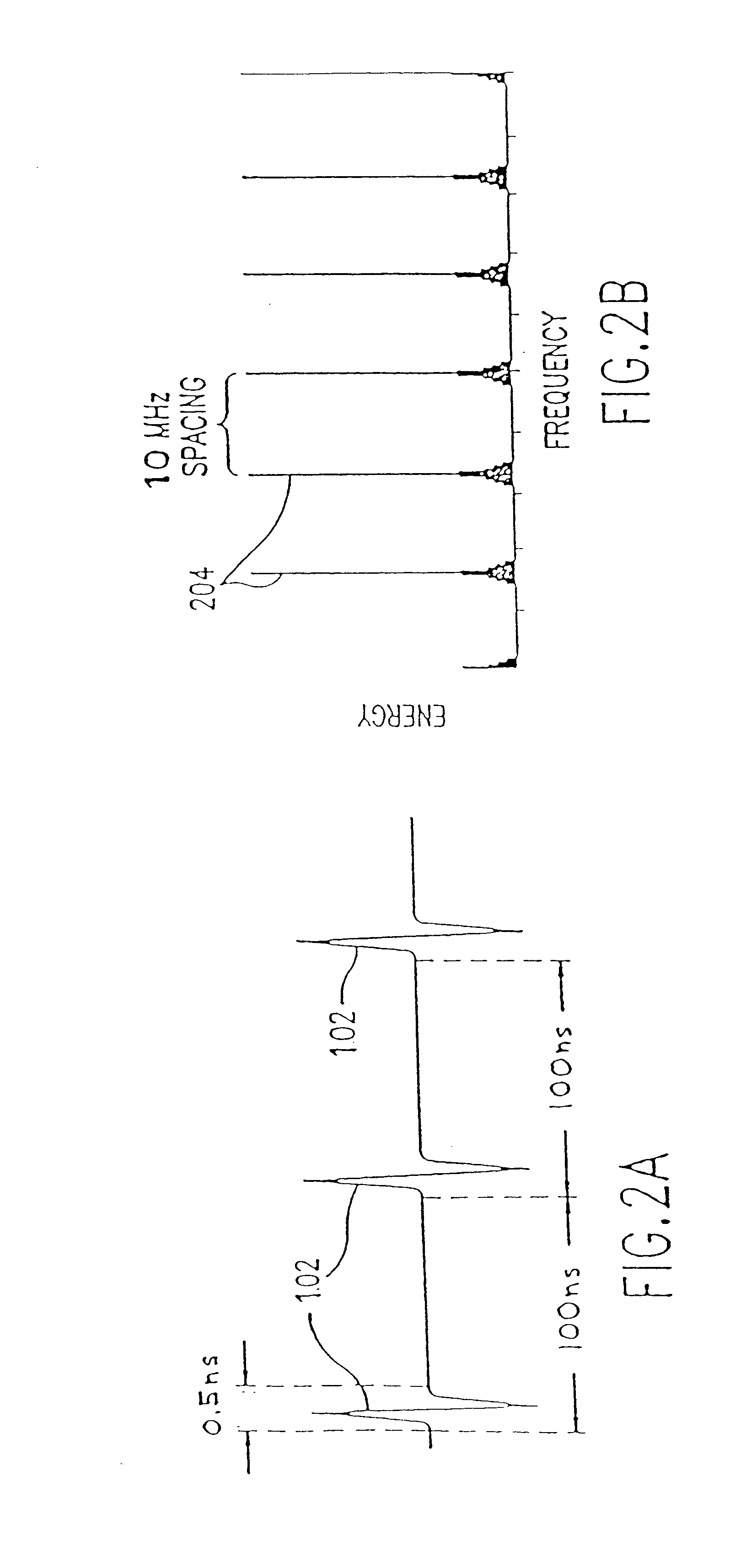Ultra-wideband smart sensor interface network and method
a smart sensor and interface technology, applied in the field of sensors, can solve the problems of large installation cost of these sensors, lack of effective enablement of sensors, and use of wireless sensors
- Summary
- Abstract
- Description
- Claims
- Application Information
AI Technical Summary
Problems solved by technology
Method used
Image
Examples
Embodiment Construction
Referring to FIGS. 9-23, there are disclosed in accordance with the present invention an exemplary network 900, an exemplary sensor 902 and a preferred method 1100 capable of using impulse radio technology to help monitor and / or control the environment within a building.
Although the present invention is described as using impulse radio technology, it should be understood that the present invention can be used with any type of ultra wideband technology, but is especially suited for use with time-modulated ultra wideband technology. Accordingly, the network 900, the sensor 902 and the method 1100 should not be construed in a limited manner.
Referring to FIG. 9, there is a diagram illustrating the basic components of the system 900 in accordance with the present invention. Generally, the network 900 includes a sensor 902 (only one shown) attached to a first impulse radio unit 904 (similar to the impulse radio transmitter 602 of FIG. 6) that is capable of transmitting an impulse radio si...
PUM
 Login to View More
Login to View More Abstract
Description
Claims
Application Information
 Login to View More
Login to View More - R&D
- Intellectual Property
- Life Sciences
- Materials
- Tech Scout
- Unparalleled Data Quality
- Higher Quality Content
- 60% Fewer Hallucinations
Browse by: Latest US Patents, China's latest patents, Technical Efficacy Thesaurus, Application Domain, Technology Topic, Popular Technical Reports.
© 2025 PatSnap. All rights reserved.Legal|Privacy policy|Modern Slavery Act Transparency Statement|Sitemap|About US| Contact US: help@patsnap.com



